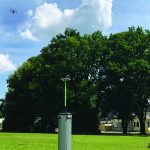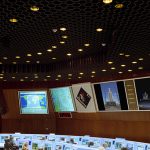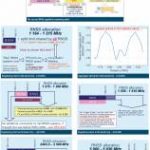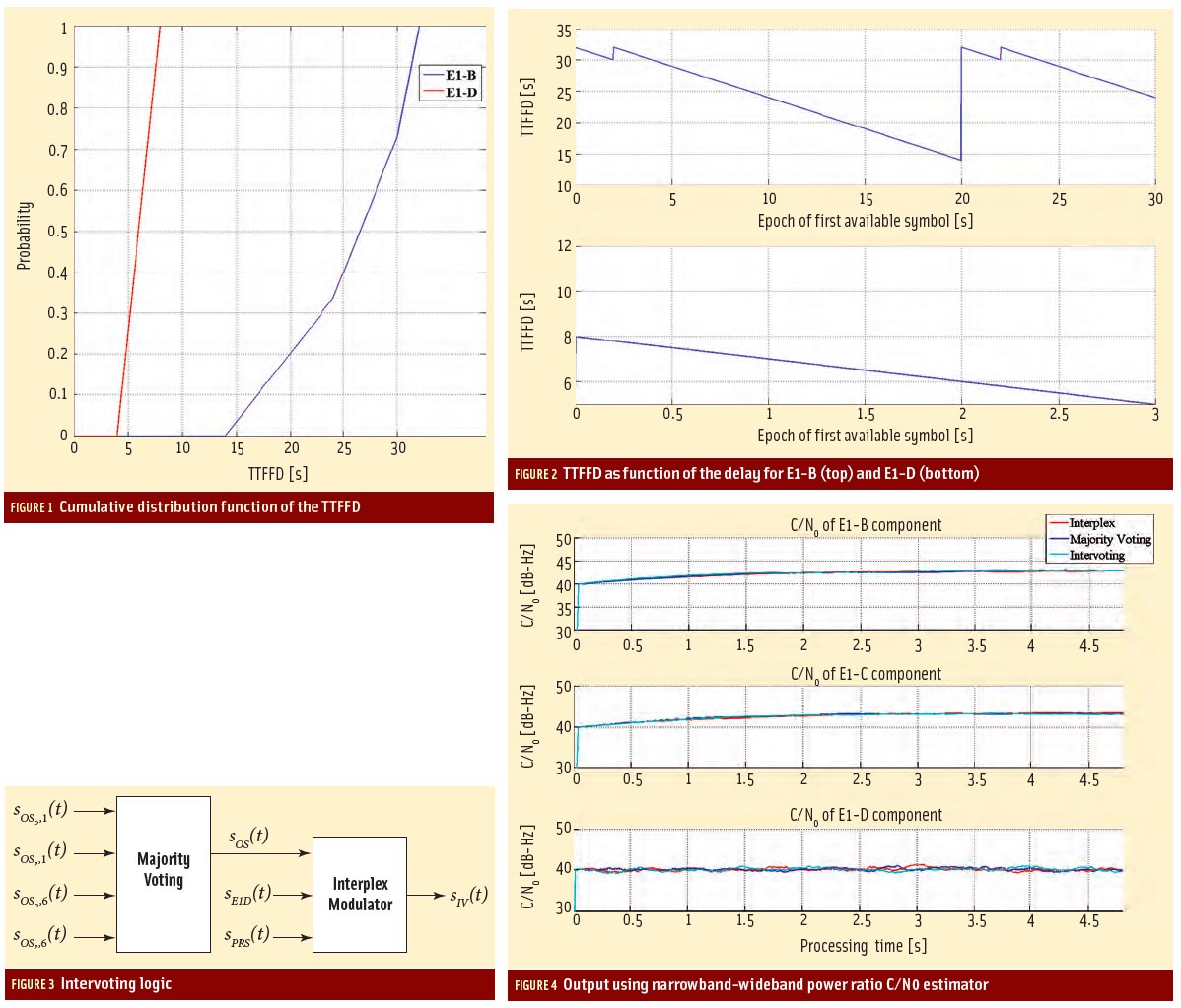Thinking Allowed — Satellite Navigation and New Space
At the ESA/JRC International Summer School on GNSS in Austria last month, one of the participants asked us during the evening panel — where they can address any kind of question to the lecturers and experts — What does satellite navigation look like in 50 and in 100 years from now?
By Günter W. Hein











